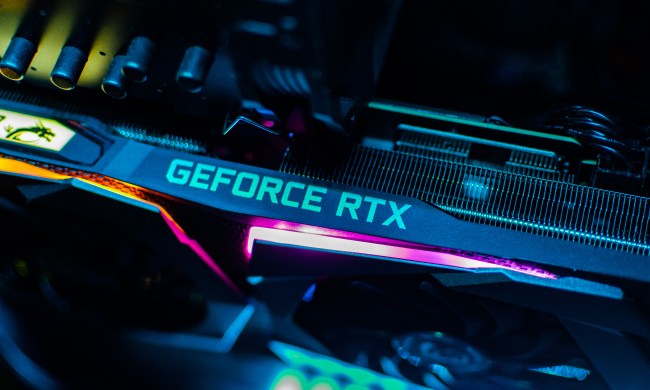
Spintronics, or spin transport electronics, is a long-studied but still-emerging field of nanoscale electronics that manipulates the spin of electrons, rather than their charge, to transmit information. It has huge potential to revolutionize various aspects of electronics and computing, by offering lower-power operation, faster data transfer, and perhaps more crucially, four states compared to traditional computing’s two.
This manipulation of quantum states could translate to much, much faster computational devices in the future and move us beyond the difficulties faced by sub-10nm semiconductor fabrication. However, the traditional materials used in spintronics have been very temperature dependent, commonly requiring cooling to as low as minus 450 degrees Fahrenheit.
But bismuthene doesn’t have that problem. Developed by a team of researchers from the University of Wurzburg, Germany, it combines a single-atom-thick layer of bismuth built atop a silicon carbide substrate. This causes the bismuth atoms to form a honeycomb design, very similar to graphene.

Better than graphene though, this substance, dubbed bismuthene for its similarities, forms a chemical bond with its substrate that keeps the surface conductive while maintaining the insulative qualities of its center.
This is crucial, since for spintronics to work, there must be no short circuiting through the inside of the material or substrate, and bismuthene solves both those problems. Better yet, it does so at room temperature and above, potentially opening up the door to new spintronic hardware in the future (thanks ScienceDaily).
Although this is still early days, the team of researchers at Wurzburg have tested and proven the results in their own experiments. They expect this development to lead to great advances in information transmission in the future.
Even if this advance proves as successful as the researchers claim, it will still be some time before we see it applied to commercial devices, but it holds exciting potential for spintronic hardware and could help take us beyond our current horizons.



